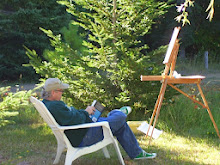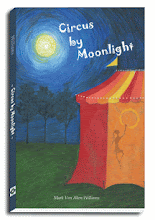Franz Xaver Messerschmidt (German-Austrian, 1736-1783) was one of the most fascinating sculptors of the Enlightenment. His most famous group of works, the studies of heads, are known today as the Character Heads (altogether 69 heads).
In this sculpture, we have a face contorted into an extreme grimace. It is highly expressive, manifesting emotions that defy interpretation. In this respect, it is very modern. What exactly are we looking at? This sort of confusion pervades today’s art world. Often the sales pitch comes in the form of quasi-religious rhetoric, although the sacred and the profane have rarely been separated in art.
Now there seems to be as many aesthetics and realities as there are artists, while the artistic elite, ambiguously credited and with access to the media, has established a new criterion for aesthetic appraisal.
Ernst Gombrich wrote of da Vinci’s Ugly Faces, “...such monstrosities and malformations - the dwarf, the cripple and the bizarre physiognomy - belonged to the category of 'curiosities' to be gaped at ..."
In comparison, Messerschmidt’s Heads might seem merely irreverent. Perhaps, even satire. The difference is that they are not remote, but too close. They mirror modern art in acknowledging the base and the irrational.
I think Maurice Tuchman addressed this when he wrote, “The universe is a single, living substance; mind and matter also are one; all things evolve in dialectical opposition; thus the universe comprises paired opposites (male-female, light-dark, vertical-horizontal, positive-negative); everything corresponds in a universal analogy, with things above as they are below.”
The beautiful and the ugly.
The sacred and the profane.








No comments:
Post a Comment